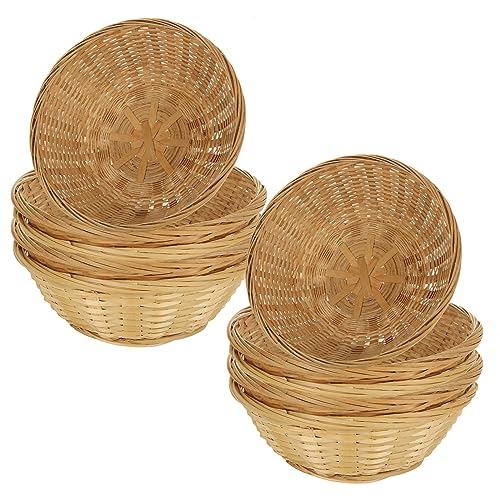What is a Bread Basket?
A bread basket is a container that is used to store and serve bread. They come in different shapes, sizes, and materials, and are commonly made of fabric, wicker, or metal. Bread baskets are not only functional but also add a decorative touch to any table setting.
Round Bread Baskets
Round bread baskets are the most popular shape and the most versatile. They are available in different sizes and are perfect for storing and serving bread, rolls, and other baked goods. Round baskets are also suitable for displaying fruit or vegetables and even for holding mail or other odds and ends.
Rectangular Bread Baskets
Rectangular bread baskets are ideal for serving longer loaves of bread like baguettes, ciabatta, or sourdough. They also work well for serving other foods like crackers, flatbreads, or even sushi rolls. Rectangular baskets can add a modern look to the table, and they are easy to stack and store.
Oval Bread Baskets
Oval bread baskets are a popular choice for serving bread and rolls at family gatherings and special events. They have a classic look that complements any decor and are available in different sizes. Oval baskets can also be used to serve fruit, vegetables, or as a catch-all for small items.
Square Bread Baskets
Square bread baskets are less common than other shapes, but they are still a great option for serving bread or rolls. They offer a unique look and can make a dramatic statement on the table. Square baskets are also suitable for holding small items or serving appetizers like cheese and crackers.
Whether you prefer round, rectangular, oval or square bread baskets, there is a shape and size to suit your needs. Before selecting a basket, consider the type of bread or rolls you will be serving, the number of people at your table, and the overall look you want to achieve. With so many options available, you are sure to find the perfect bread basket to complement your dining experience.






